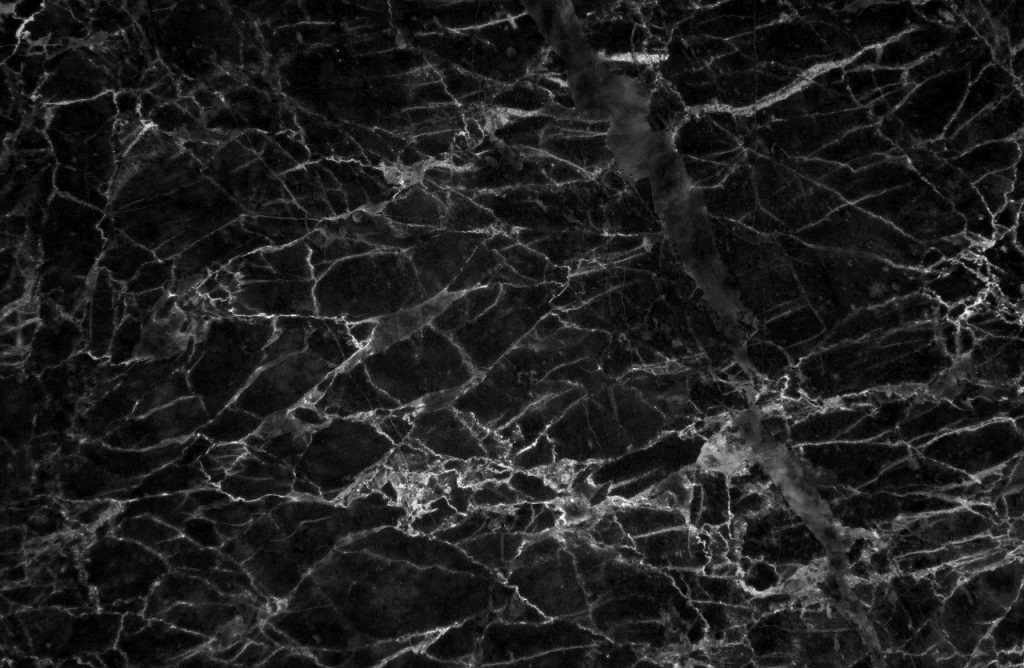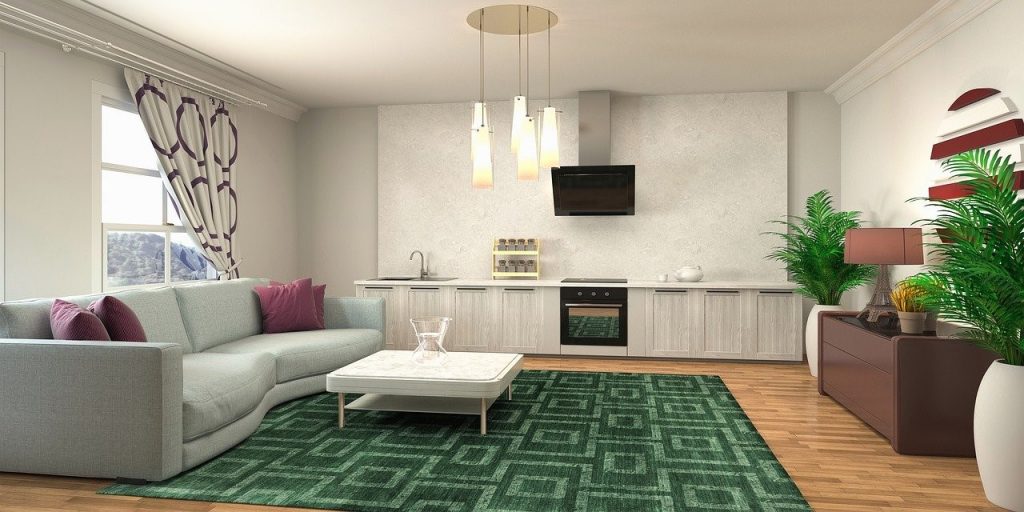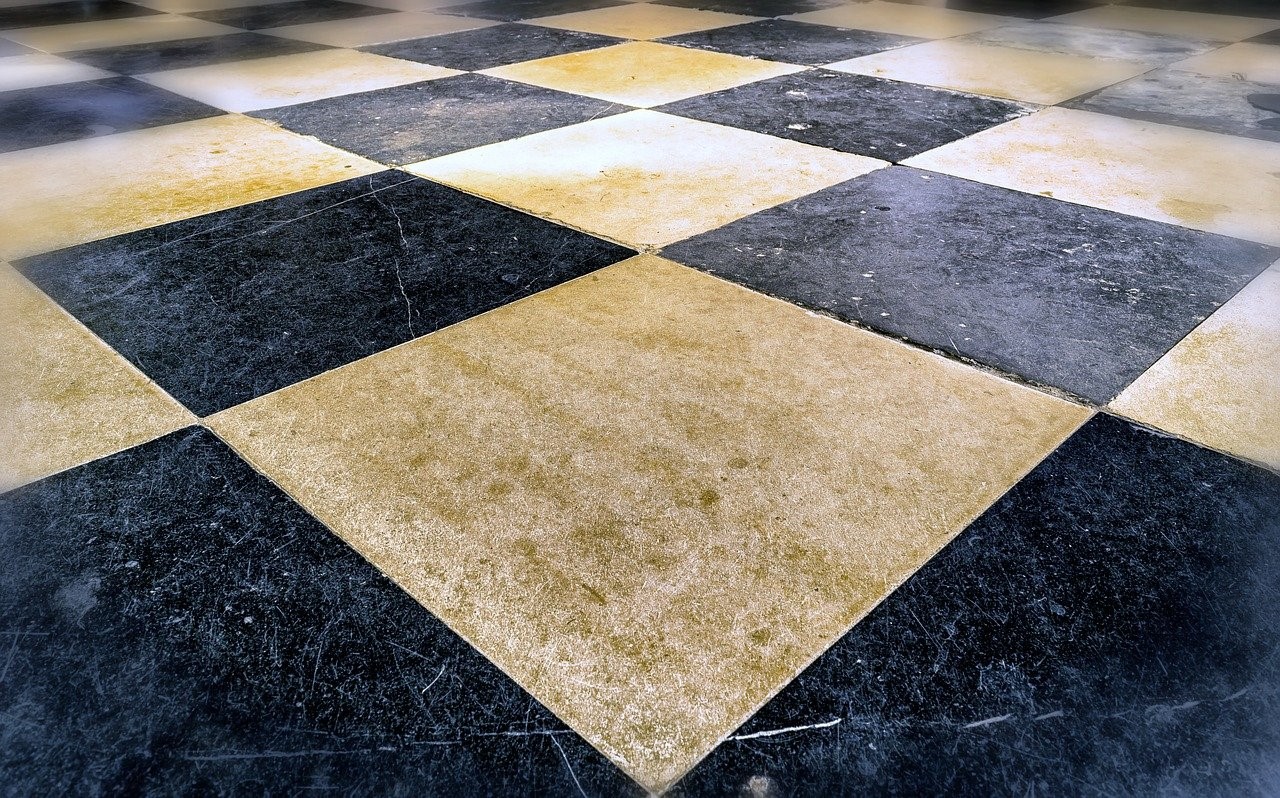Such a demand for porcelain stoneware slab is explained by its exceptional advantages when compared with other non-ceramic materials, both in terms of functional properties and aesthetic qualities.
Thin porcelain stoneware slab with a thickness of up to 3.5 mm, reaching a length of 4.5 meters, are one of the most relevant materials for finishing various surfaces. Uses porcelain stoneware not only for floor or wall cladding. Recently, these beautiful large-format porcelain slab
have become a popular choice in furniture decoration.
Advantages of thin porcelain stoneware as a finishing material for furniture
You may be wondering: what does porcelain stoneware and furniture have to do with it?
Indeed, when we present furniture, porcelain stoneware is not the first thing that comes to mind. But this only makes its current popularity as a material for finishing pieces of furniture even more impressive.
Such a demand for porcelain stoneware is explained by its exceptional advantages when compared with other non-ceramic materials, both in terms of functional properties and aesthetic qualities.
Here are some of the advantages of thin porcelain stoneware slab over traditional materials used in furniture production:
Advantages Of Thin Porcelain Stoneware Slab

Thin porcelain stoneware / wood
Wood furniture is susceptible to moisture damage, sunlight discoloration, and can be easily scratched with sharp objects. Like other types of ceramic tiles, porcelain stoneware slab are resistant to water, fading, stains and scratches. Mug marks in the form of rings are not a problem for these slab!
Thin porcelain stoneware / glass
In addition to the fact that glass furniture is difficult to keep clean (you know what this is about – you almost always need to wipe it, removing furniture stains, fingerprints, etc.). Its biggest drawback is that it can be scratched. Porcelain stoneware is much less easily soiled and more durable. In addition, porcelain stoneware slab provide a much wider range of styles than glass.
Thin porcelain stoneware / natural stone
Natural stone cannot be processed into a panel as thin as porcelain stoneware. Therefore, it is easier to work with porcelain stoneware – it is easier to transport, install, etc. Also, thin porcelain stoneware has greater water resistance and better dirt-repellent properties. Most importantly, it is more affordable for the price than some types of natural stone (such as marble and onyx, for example).

Porcelain stoneware has advantages in terms of environmental friendliness: with it you can get the look of an expensive stone without depleting natural resources. In addition, porcelain stoneware can be produced in any quantity with consistent quality and uniform appearance, which is more difficult in the case of natural stone.
Thin porcelain stoneware / metal
some types of metal furniture can rust with regular exposure to moisture, therefore it is problematic to use such furniture outdoors. Porcelain stoneware, for obvious reasons, is not susceptible to rusting, as well as other types of damage caused by water or moisture.
Thin porcelain stoneware / plastic or plastic
Plastic furniture is significantly inferior to porcelain stoneware furniture in both strength and appearance. But its main disadvantage is that plastic is not environmentally friendly: some types of this artificial material are difficult (or even impossible) to recycle. Porcelain stoneware slab do not contain plastic. In addition, they generally meet EPA requirements and are suitable for recycling as environmentally friendly material (eg backfill during construction work).
Types of fine porcelain stoneware furniture
Fine porcelain stoneware furniture is mostly made to order, so its appearance and intended use often depend on the client’s preferences, needs and imaginations. The most common types of porcelain stoneware furniture include:
Toly For Kitchen / Dining Room
- Kitchen tables
- Kitchen cabinets
- Coffee tables
- Tables for other rooms
- Benches
- Shelves and racks
- Flowerpots / pots
Moreover, porcelain stoneware slab can be used both for the manufacture of original furniture according to specified dimensions, and for finishing finished products. In order to understand whether it is possible to create or veneer the desired piece of furniture, consult with a designer and specialist in working with porcelain stoneware.
Porcelain stoneware furniture: design possibilities
Porcelain stoneware tiles can have almost any appearance: its variety is unlimited. All sorts of patterns or patterns can be used in the design, the entire color spectrum. It can be an imitation of natural materials, even different textures. Thin porcelain stoneware slab go even higher than tiles: you get a seamless pattern over an even larger area.
Thus, when designing your porcelain stoneware furniture, virtually any appearance can be incorporated into the project.
The most popular at the moment is marbled porcelain stoneware (or other natural stone). Porcelain stoneware that imitates the look of cement is in demand. Monochromatic porcelain stoneware slab are also in trend. Samples in the style of “metallic” or “oxidized metal” are in no less demand.
Alternatively, for the cooking table, cabinets or built-in shelves or shelves, you can choose porcelain stoneware with a traditional type of wood for furniture, and for an “island” table – a granite-look porcelain stoneware panel.
On the other hand, you can opt for a look that is not usually associated with furniture (for example, focus on bright colors and patterns). Or choose a consistent style for all the furniture in the room. One of the advantages of porcelain stoneware is that it makes it easy to experiment and be creative in design.
If you like the idea of using porcelain stoneware slab to create furniture, you can familiarize yourself with current images and examples on various thematic social networks, and then develop your own individual project together with a designer and a tile specialist. And we, in turn, will help you to choose the necessary samples of porcelain stoneware for the embodiment of the conceived.
- Marble and cement look porcelain tiles
- Porcelain stoneware under the oxidized metal
